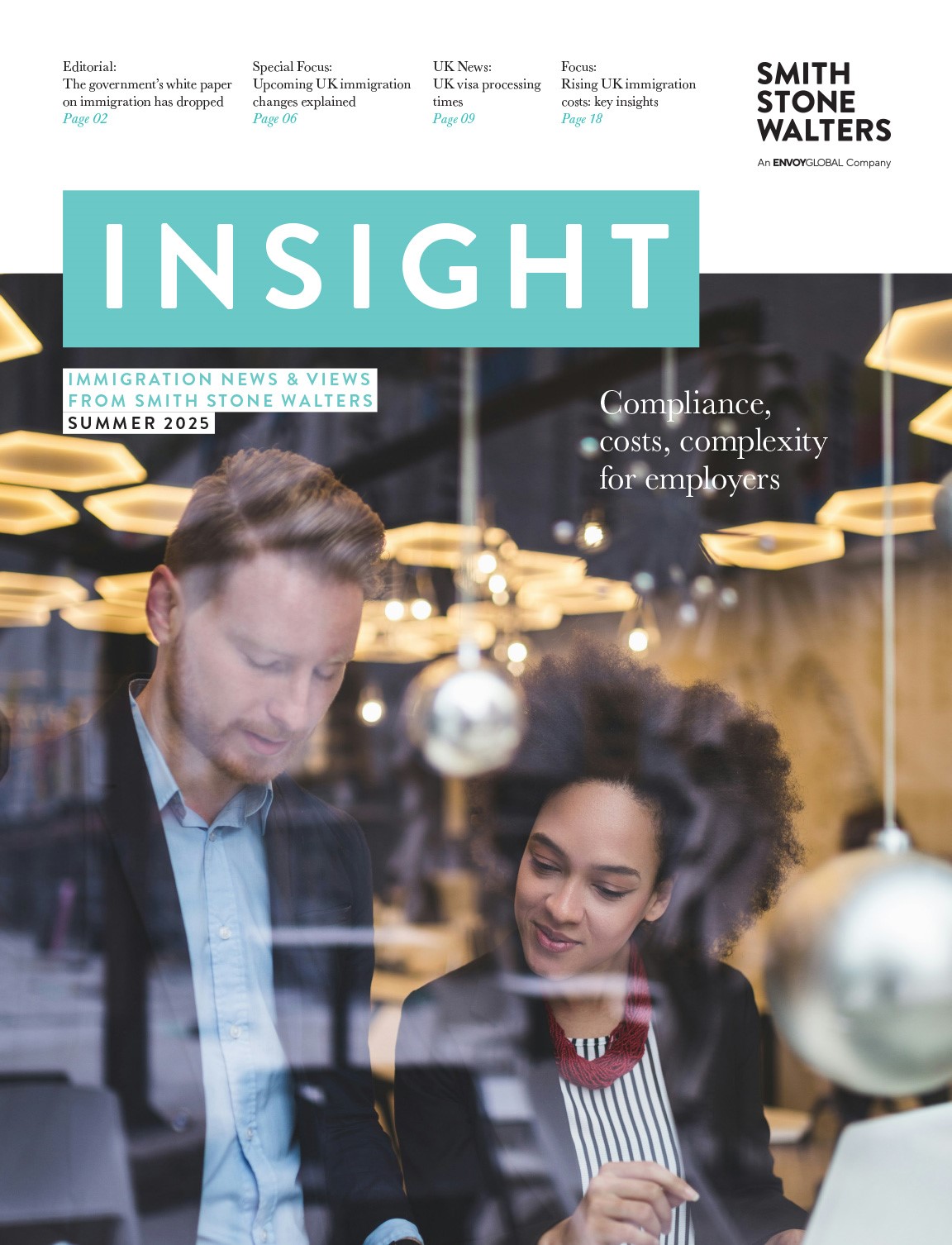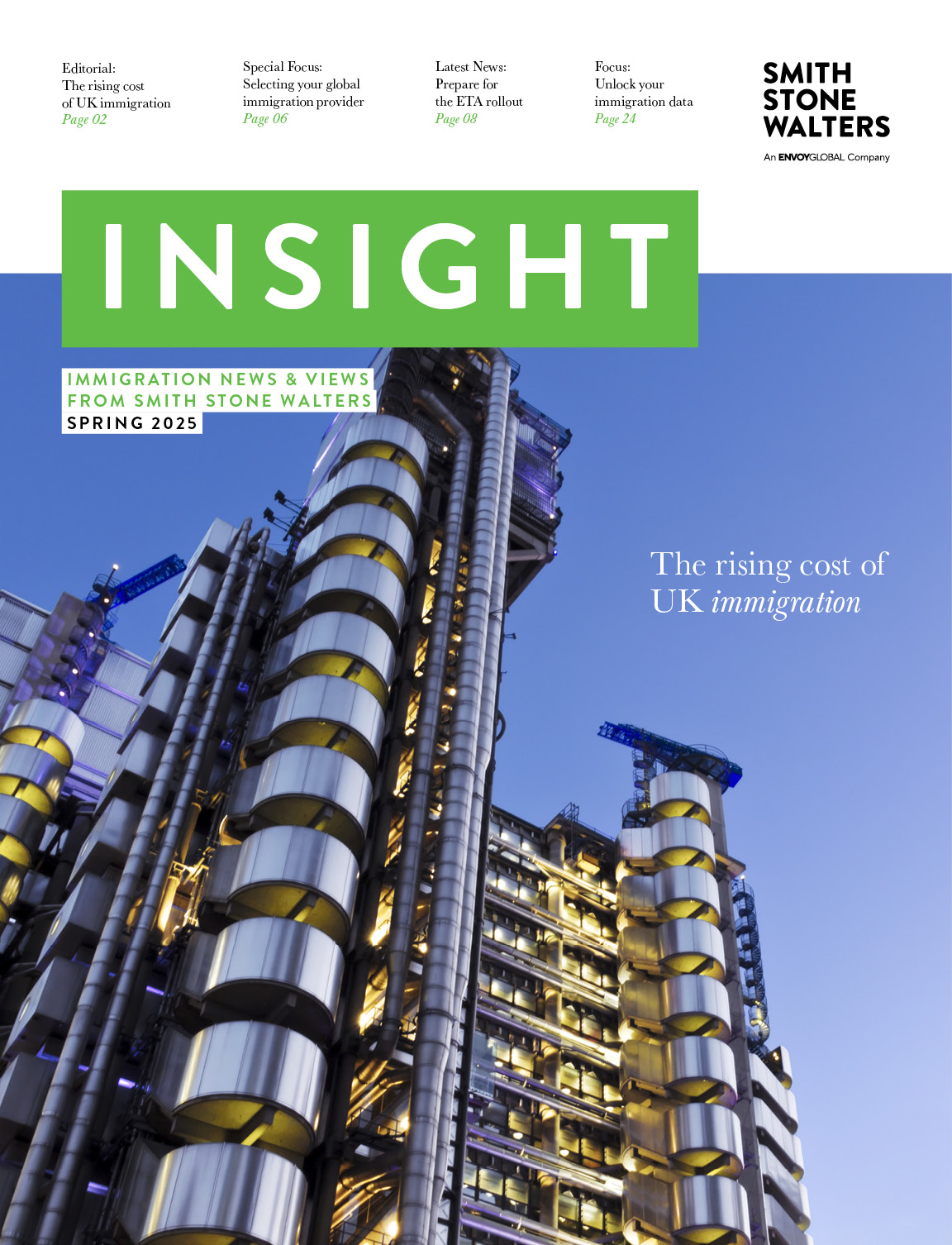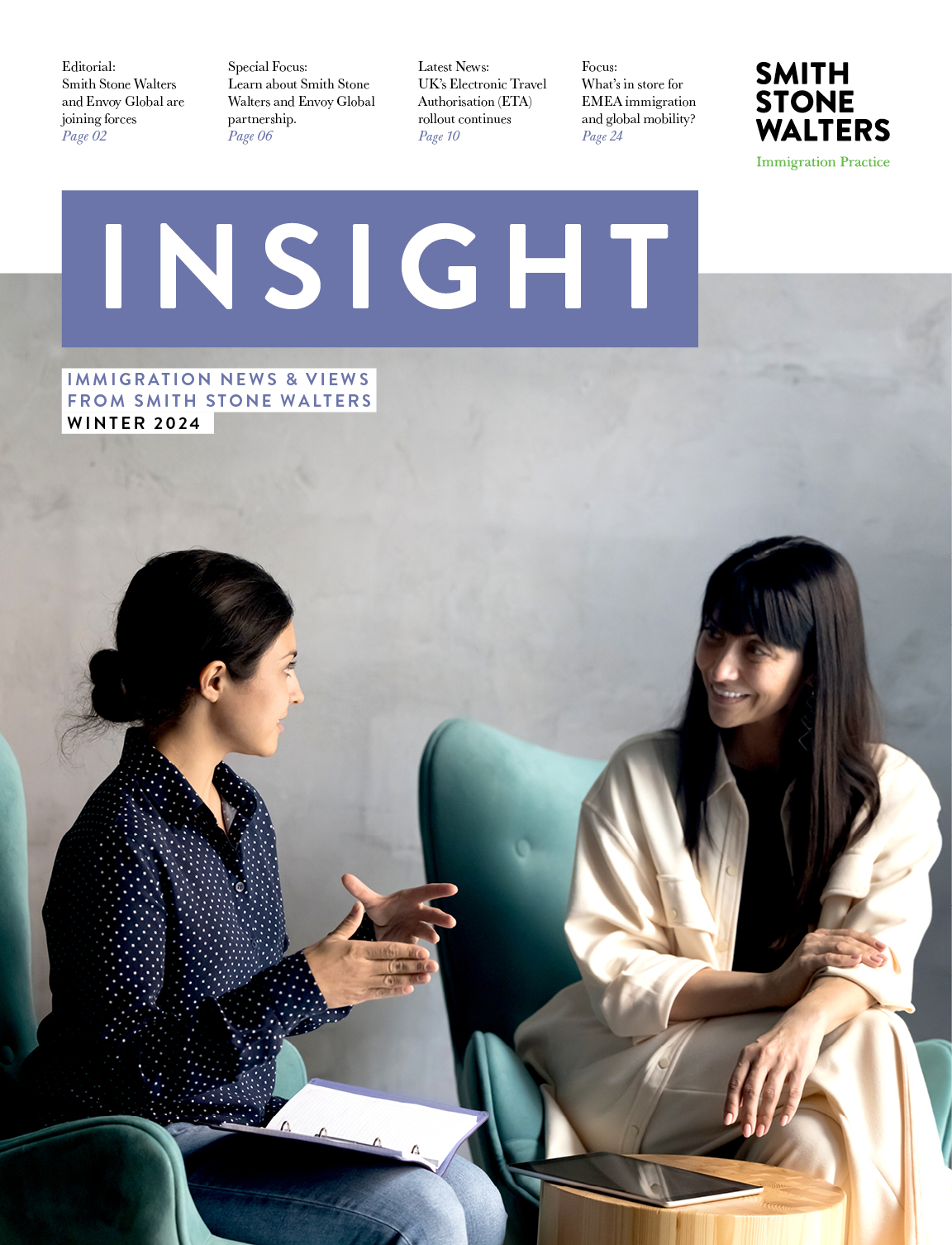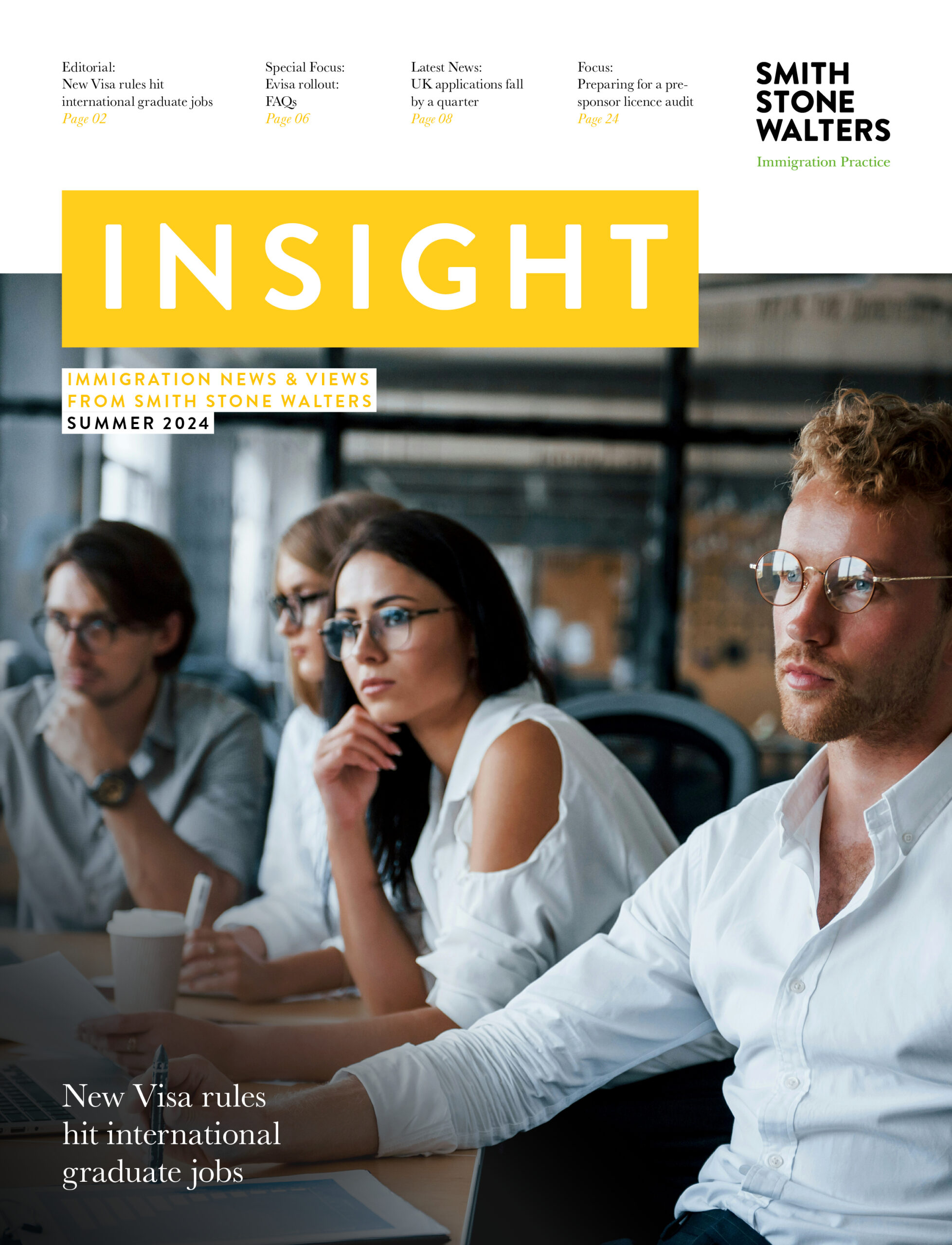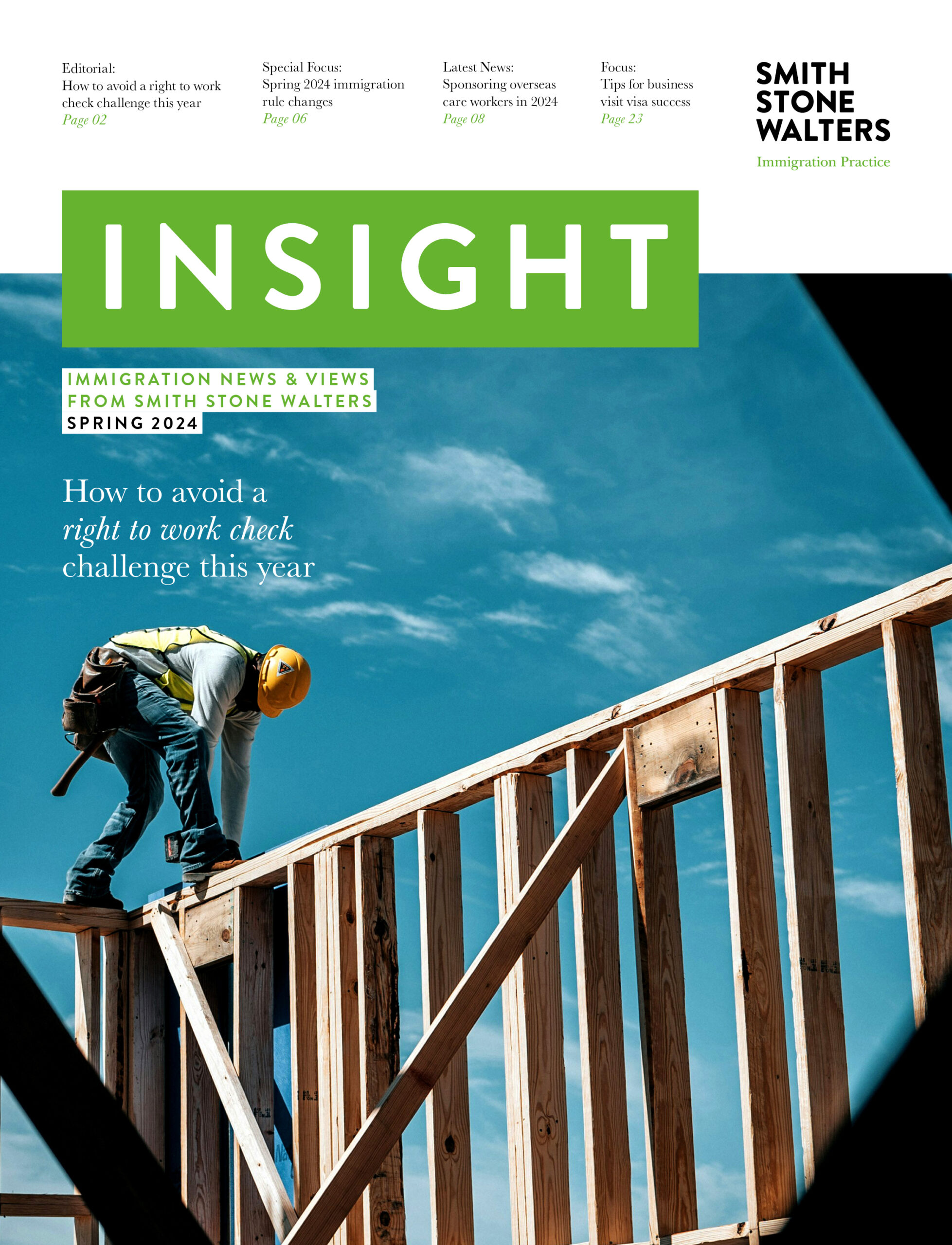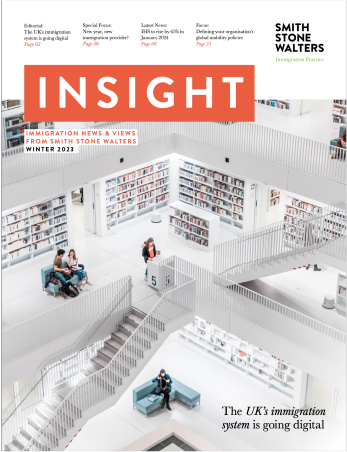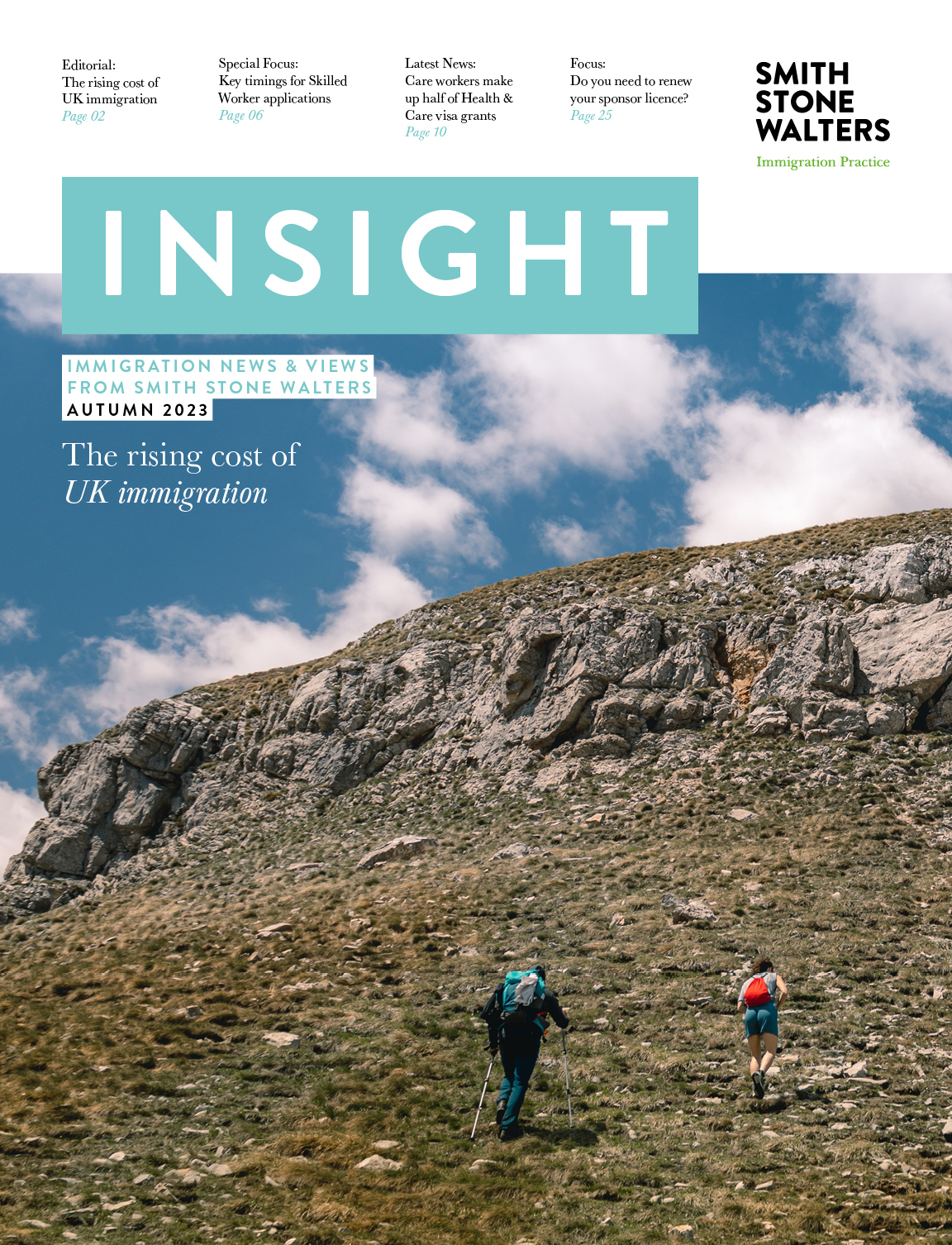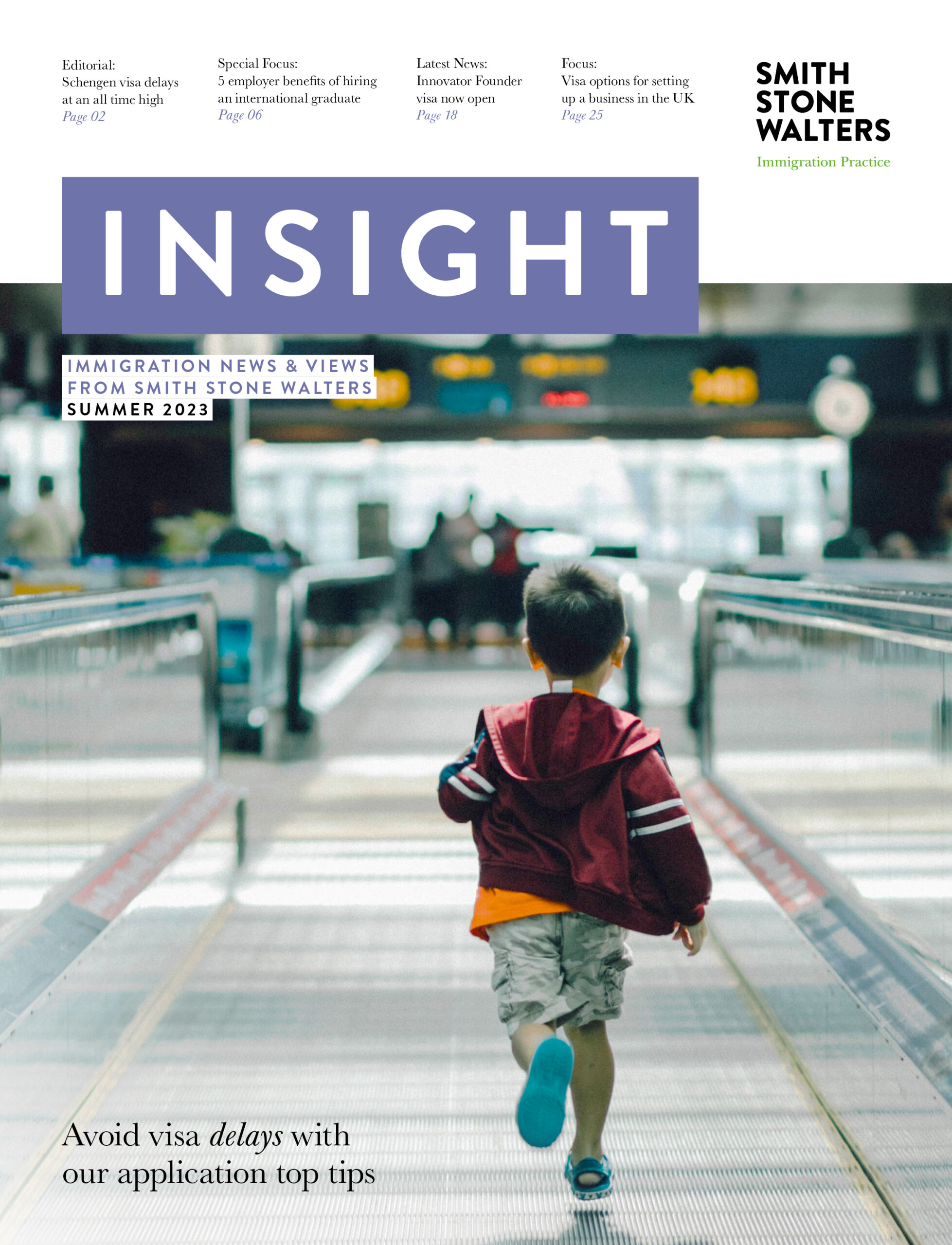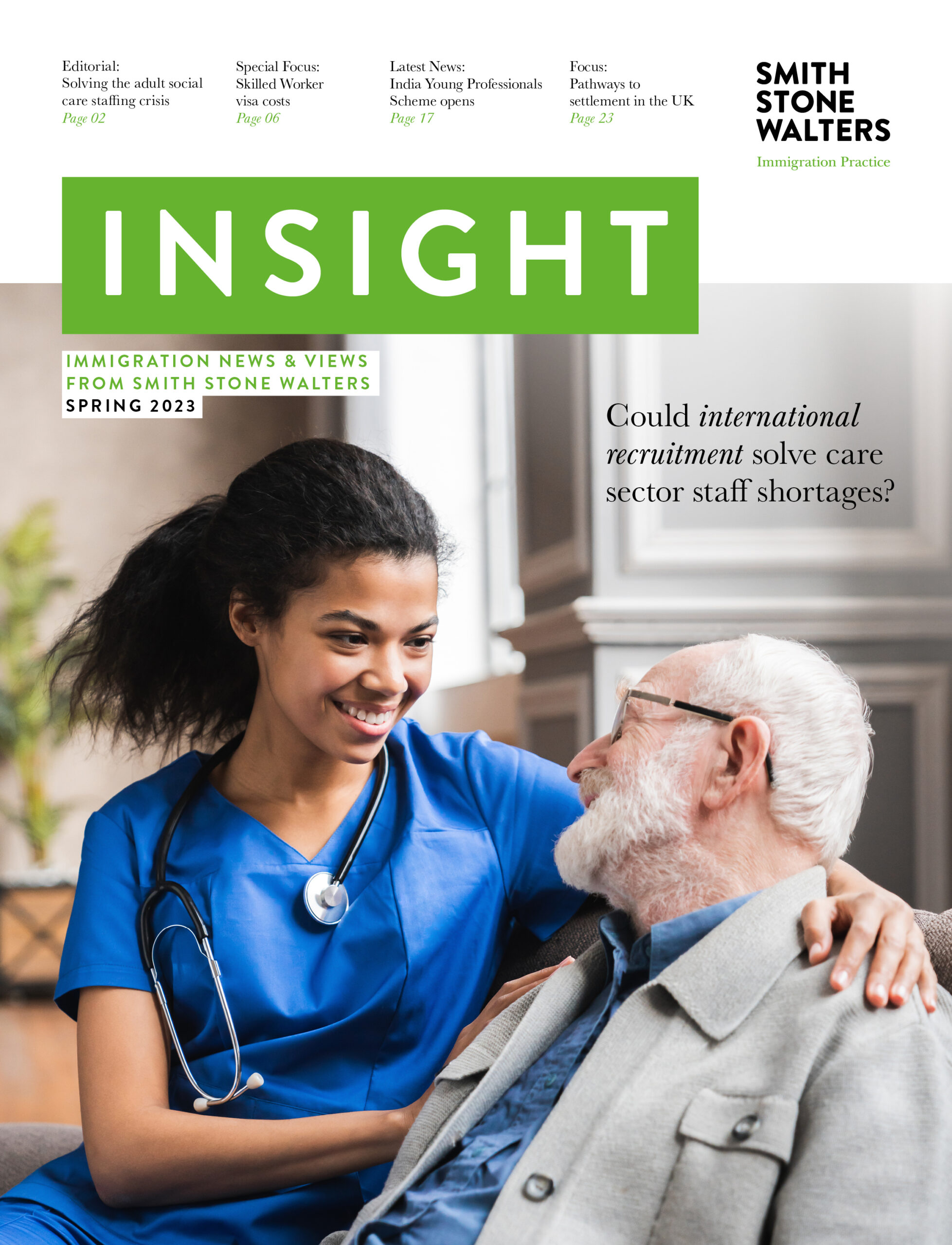Migrant Journey 2021 report: How many people settle in the UK?
The Home Office has published a new report exploring patterns in non-EEA migrants’ visa and leave status as they journey through the UK’s immigration system, including data up to the end of 2021.
The Migrant Journey: 2021 report looks at the leave status of migrants each year from the point at which they were initially granted leave to enter the UK, any subsequent grants of extensions of stay within the UK, to settlement, citizenship or leave expiry. The report includes two types of analysis:
- Forward-look – This looks at migrants who were initially granted a visa in 2016 or 2011 and their leave status at the end of 2021.
- Backward-look – This looks at migrants who were granted settlement in 2021 and the visa they initially used to come to the UK.
The full report including detailed data tables can be viewed here. Below, we explore some of the key results and data trends and set out our predictions on how a typical migrant journey could change over time due to key policy changes introduced with the UK’s post-Brexit immigration system.
Important Note: The statistics in this report are based on information recorded on Home Office case working systems regarding an individual’s leave status. Although an indication, it is not possible to tell from this leave status whether the individual is currently still in the UK, or how much time they spend in the UK.
What is a ‘Migrant Journey’?
A migrant journey refers to how individuals interact with the UK’s immigration system over time, including:
- How the individual entered the UK’s immigration system (i.e – what type of visa they were initially granted permission under)
- Whether they applied to extend their stay from within the UK (either in the same visa category or by ‘switching’ to another visa type)
- How the individual exited the UK’s immigration system (whether that’s by securing Indefinite Leave to Remain (ILR) or citizenship, or by leaving the UK after their immigration permission has expired).
For the purposes of the Migrant Journey: 2021 report, where a migrant has consecutive leave, or where a subsequent period of leave starts no more than 12 months after the end of the previous period of leave, this is counted as one journey. Where a migrant has a period of 12 months or more between one leave expiring and the next beginning, this is counted as two separate journeys.
The report focuses on the 5 year cohort, and for study 10 year, because this is the typical length of time after which people become eligible to apply for settlement. To be granted settlement in the UK, individuals generally must have lived in the UK for a certain length of time in a qualifying category.
People who have been living in the UK for 10 years on any combination of routes will be eligible for settlement after 10 years. Most people on work routes will become eligible after 5 years residence, though for some High value routes it is 2 or 3 years. Those on a family route may become eligible after 2, 5, or 10 years depending on when they arrived. Sponsored study doesn’t have a direct route to settlement, so those who go on settlement will usually have switched to another route or reached the 10 years needed for long residence.
Key results
The main findings from the Migrant Journey: 2021 report are as follows:
- Almost a third (31%) of people issued an initial visa in 2016 still held valid temporary leave or settlement five years later at the end of 2021.
- Migrants who were under 18 when issued an initial visa in 2016 were most likely to hold valid leave or settlement after five years (48%).
- More than a quarter (29%) of people granted settlement in 2021 originally came to the UK on a Family visa.
- Of the 33,000 people granted a Family visa in 2016, 83% still held valid leave or had been granted settlement at the end of 2021.
- Of the 131,000 people initially granted a Work visa in 2016, just over a quarter (27%) still held valid leave or settlement at the end of 2021. However, the propensity to remain varied by route:
- 73% of people issued High value work visas still held leave after five years
- 34% of those issued Skilled worker visas
- 11% of those issued Temporary worker visas (99% of who had switched to a different route).
Overall trends
The report also highlights some overall trends in the data relating to migrants granted settlement during this period.
In 2016, around 337,000 people were initially granted leave within the main categories. Of these, 38,000 (11%) had been granted settlement by the end of 2021 and a further 67,000 (20%) still held valid leave.
Under 18s were the age group most likely to hold valid leave or settlement after five years. Almost three-fifths (58%) of this age group issued visas in 2016 were dependants of another visa holder, rather than the main applicant, likely coming to the UK with their parents. This indicates that families with accompanying children are more likely to stay in the UK long term, extending their leave or applying for settlement.
Those aged between 18 and 29 were the least likely to hold valid leave or settlement after five years at 24%. This is in part likely related to the differences in age profiles of different visa categories.. For example, 18 to 29 year olds made up 83% of Sponsored study visas and 76% of Temporary worker visas issued to main applicants in 2016, both of which are temporary routes without a direct path to settlement.
Settlement rates also differ considerably by nationality. Of the top ten nationalities issued visas in 2016, Pakistani nationals had the highest proportion who had been granted settlement after five years (29%). The next highest were Filipino (19%) and Nigerian (11%) nationals, with the remaining nationalities in the top ten having a settlement rate of 8% or less after 5 years.
Our analysis
It is important to note that the migrant journeys represented in this report relate only to non-EEA nationals, as EEA nationals did not require visas to enter the UK before January 2021.
Smith Stone Walters anticipates that future analysis of migrant journeys (including data relating to EU citizens) could show larger proportions of migrants ending their journey by securing ILR in the UK. This is due to a variety of factors including:
- New rules around switching introduced with the post-Brexit points-based system now make it easier for most migrants to switch to another visa category without having to leave the UK. This means that those entering the UK under a route which does not lead to settlement (such as the new Global Business Mobility routes or the Graduate route) have the option to switch in-country to a qualifying category (such as the Skilled Worker visa), putting them on the pathway towards citizenship.
- The introduction of new immigration routes such as the British National (Overseas) visa, which in itself leads to settlement in the UK, mean that more people could be eligible to apply for ILR in the near future.
- EU nationals who have secure pre-settled status under the EU Settlement Scheme could make a further application for settlement when they are eligible to do so.
Support and advice on UK immigration
If you are looking to file a UK visa or settlement application and require support with the process, Smith Stone Walters can help. Our qualified immigration advisors are experienced in helping corporate and private clients secure visas for work, study or family purposes, as well as ILR and citizenship applications.
To discuss your requirements with a member of our team, please contact us today.

